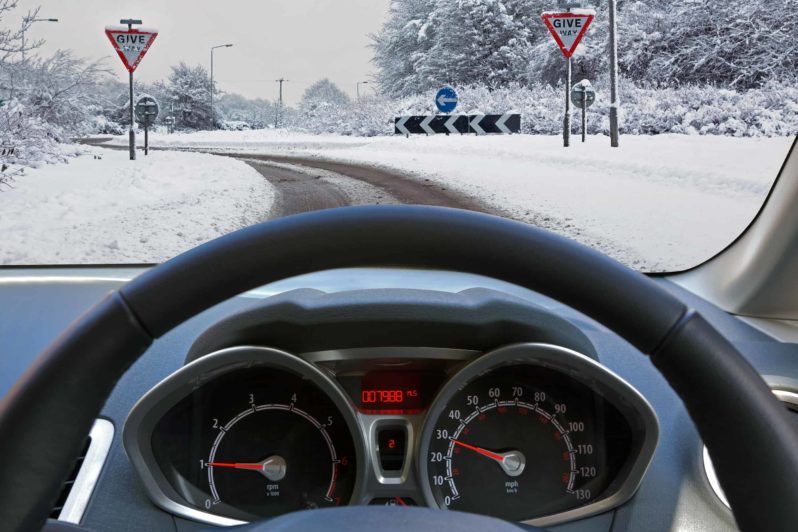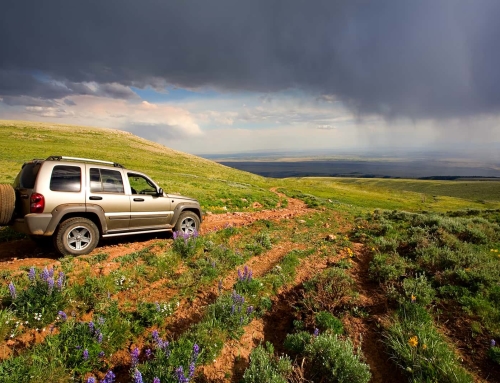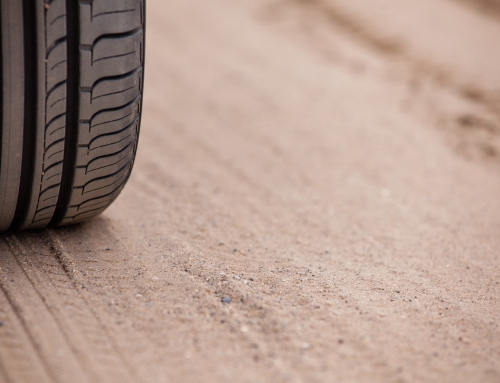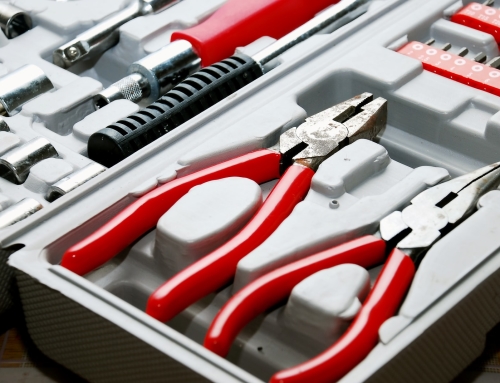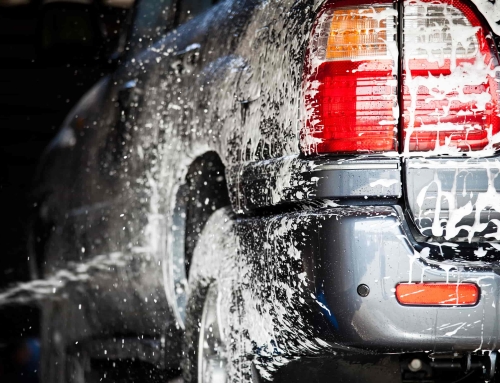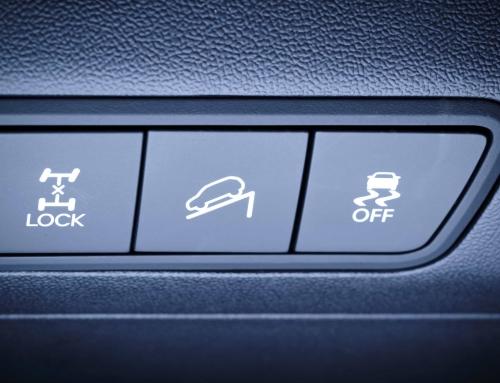Although 4WD systems are one of the best options for driving in harsh conditions, when faced with unfamiliar terrain it is vital to remain very cautious. The UK is prone to be affected by snow for short periods of time during the winter and being prepared for this will avoid being caught off guard when the bad weather hits. As always a driver’s technique is the most important factor when hoping to tackle snow. With full knowledge of the natural traction capability of your 4X4, driving on snow can be a much simpler experience than you may expect.
Throughout winter it is best to keep common sense supplies in your car in case the temperature drops whilst you are away from home. If possible leave in your boot at a minimum an ice scraper, snow shovel, snow chains and any other materials which may help provide natural traction when the circumstances require it such as sandbags.
Snow covered roads can conceal many obstacles in your path. Any potholes, rocks, branches or pools of ice can be invisible to the driver, so always drive at a slower pace than normal. Try to use the busier sections of the road wherever possible. As these areas will have had more traffic pass over them, they are more likely to have a clear surface.
Icy conditions are especially dangerous for any driver in winter. Try to leave a gap of at least 8 seconds between you and the car in front to avoid any collisions if one of you begins to lose control.
When you first pull out on to a snow covered road, always ensure that your 4WD system is engaged and stick to using the highest gear possible. You should only use the lower range of gears when greater control is needed. By using the highest practical gear you can, your tyres will have more natural grip, resulting in the best possible control for you. If you stall when attempting to set off, switch to the next highest gear to get going.
The advantage of using a 4WD in snow is the higher level of traction. This means that a 4WD user has a great ability to gain speed in slippery conditions, such as snow and ice. Equally by maintaining the momentum of a car, a driver has better control on the vehicle. Despite this fact it is imperative not to drive too quickly in snow in any vehicle. Never forget that against the advantages of a 4WD in tricky conditions, the brakes in the car are exactly the same as a 2WD vehicle. This means that there are the same issues in terms of grip when trying to slow down or stop the car.
To safely slow down a vehicle in snow make sure to leave as much space as possible. Gently brake in short progressive bursts to avoid your wheels locking. Overbraking in icy conditions will more than likely lead to the car sliding.
Losing control of your car in a slide is the biggest danger of driving in winter. To avoid any collisions there are a few techniques you can use. Try to steer into the skid and do not touch the accelerator or brake pedals until you regain control of the car. Although it is natural to want to slam on the brakes, this will only make the circumstances worse. Oversteering and understeering are the main causes of sliding on a flat surface. Monitor your traction system at all times and if possible try to turn this off in icy conditions. The traction system will want to halt the 4WD system if the wheels begin to spin which will not help the driver gain control of the car if grip is momentarily lost.
Avoid driving on hills or slopes if possible. However if they are a necessary part of your route, switching to 2WD may help you maintain control as the loss of spin in the rear wheels will help naturally slow down the car on a hill. If you feel the vehicle starting to slip on the slope, act quickly. Do not brake and instead delicately release your foot off the throttle as you head down the slope. If there is room on the road lightly press against the accelerator to attempt to gain momentum and grip, and re-establish your steering control.
If you get stuck in the snow, take the following precautions to get back on the road:
-Check for any snow in the underside of the vehicle and use your shovel to remove it so your car can regain grip.
-Head backwards using the tracks your vehicle just made to gain momentum to clear the snow obstacle.
-Use any materials you have which will help your car with its natural traction – i.e. apply snow chains, put sand bags around your wheels or if you don’t have these at hand you may use your car mats.
-Try to flatten the snow around your wheels by alternating between reversing and going forwards. Make sure to do this at a slow speed so that you will not be caught off guard once the vehicle starts to move again.
If none of these options work for you, stay as warm as possible and call for help to move your vehicle. With the right knowledge 4WD cars can be the perfect choice for beating any unexpected snowfall – helping you stay as safe as possible on the roads.

